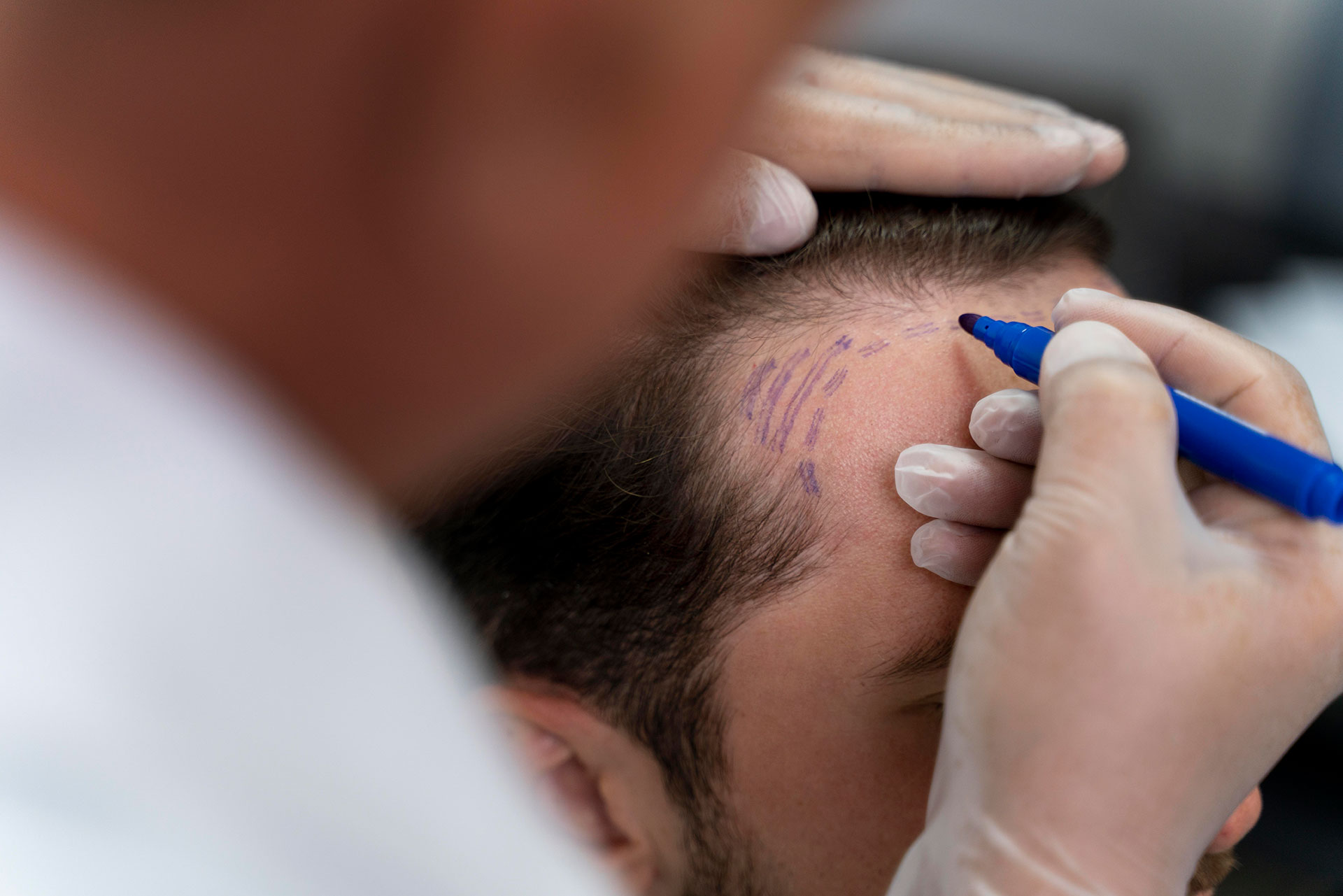Hair loss is a common problem that affects people of all ages, genders, and ethnicities. It can be caused by a variety of factors, including genetics, medical conditions, and medications. While there is no cure for hair loss, there are a number of treatments available that can help to restore hair growth.
One of the most effective treatments for hair loss is hair transplantation. Hair transplantation is a surgical procedure that involves moving hair follicles from a donor area to an area of hair loss. The donor area is typically the back or sides of the scalp, where hair is more resistant to balding.
There are two main types of hair transplantation: follicular unit extraction (FUE) and follicular unit transplantation (FUT). FUE is a newer technique that is less invasive and has a shorter recovery time. However, it is also more expensive than FUT.
FUT is an older technique that is more invasive and has a longer recovery time. However, it is also less expensive than FUE.
The best type of hair transplantation for you will depend on your individual needs and preferences. If you are looking for a minimally invasive procedure with a short recovery time, then FUE may be a good option for you. If you are on a budget, then FUT may be a better option.
In addition to choosing the right type of hair transplantation, there are a number of other things you can do to improve your chances of success. Here are a few tips:
- Choose a reputable clinic: It is important to choose a reputable clinic with experienced surgeons. Reputed clinics will have a good reputation and will be able to provide you with before and after photos of their work.
- Do your research: Before you decide on a hair transplant clinic, be sure to do your research. Read online reviews, compare prices, and talk to other people who have had hair transplantation surgery.
- Be prepared for the recovery process: Hair transplantation surgery is a major procedure, and it is important to be prepared for the recovery process. The recovery time for FUE is typically shorter than the recovery time for FUT. However, both procedures can cause some discomfort and swelling.
- Follow your doctor’s instructions: It is important to follow your doctor’s instructions carefully after your hair transplantation surgery. This will help to ensure a smooth recovery and a successful outcome.
Hair transplantation can be a very effective way to restore hair loss. However, it is important to do your research and choose a reputable clinic with experienced surgeons. If you are considering hair transplantation surgery, be sure to talk to your doctor to see if it is right for you.
Here are some additional tips for hair restoration:
- Start early: If you are noticing hair loss, it is important to start treatment early. The sooner you start treatment, the more likely you are to achieve a successful outcome.
- Use medications: There are a number of medications that can help to prevent hair loss and promote hair growth. These medications include minoxidil (Rogaine) and finasteride (Propecia).
- Get regular haircuts: Regular haircuts can help to make your hair look thicker and fuller.
- Use a good shampoo and conditioner: A good shampoo and conditioner can help to keep your hair healthy and strong.
- Eat a healthy diet: A healthy diet can help to improve your overall health, which can also benefit your hair.
- Get enough sleep: Getting enough sleep is important for overall health, and it can also help to promote hair growth.
- Manage stress: Stress can contribute to hair loss. Find healthy ways to manage stress, such as exercise, yoga, or meditation.
If you are concerned about hair loss, talk to your doctor. They can help you to determine the cause of your hair loss and recommend the best treatment options for you.

